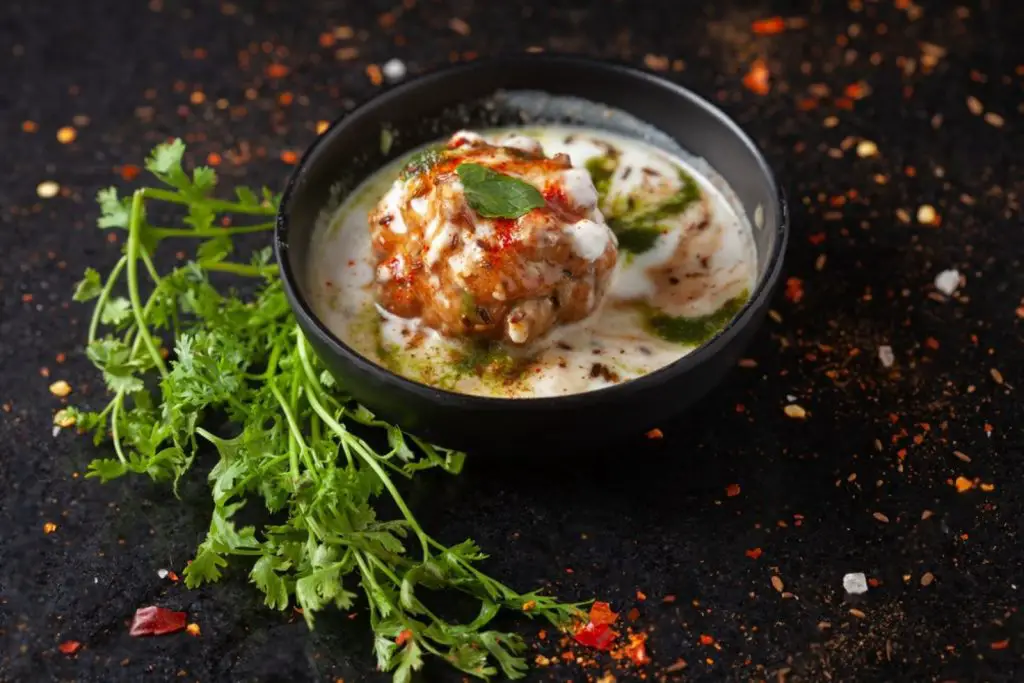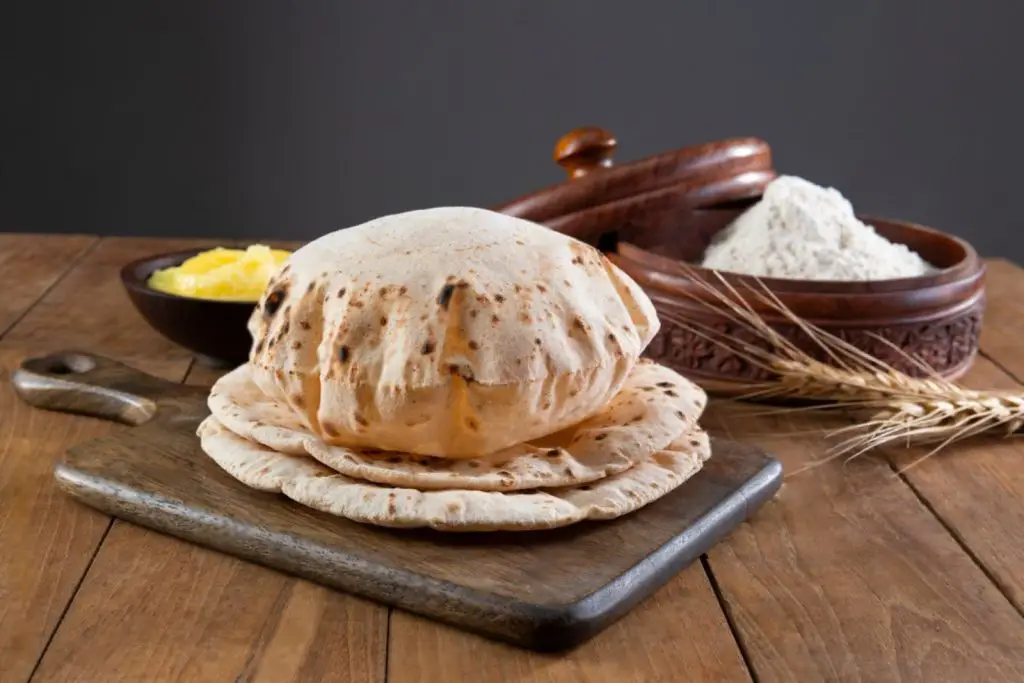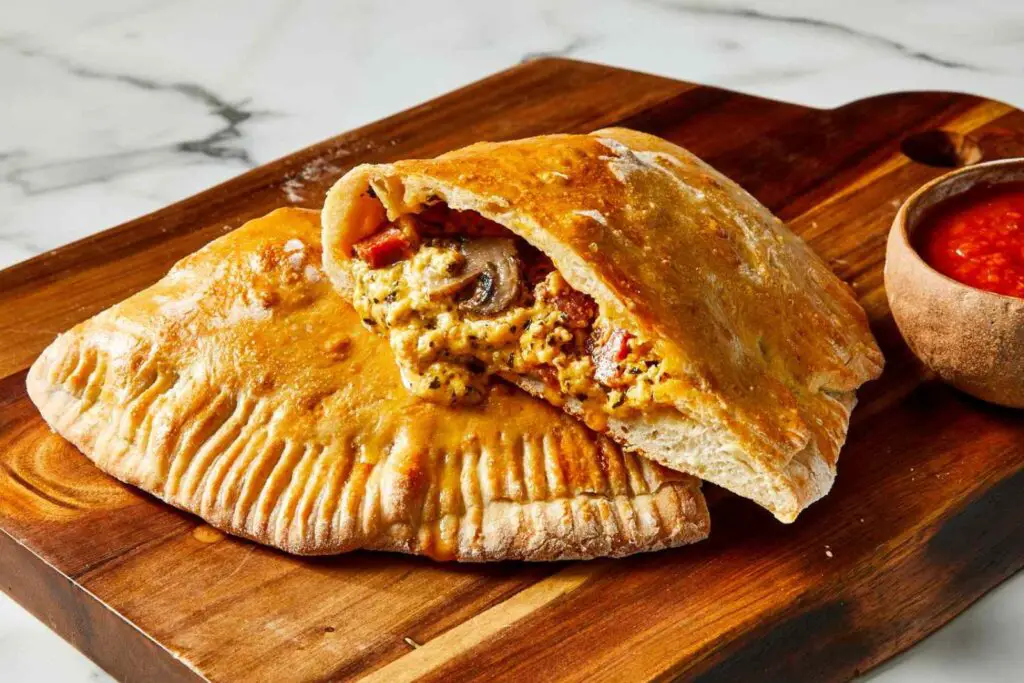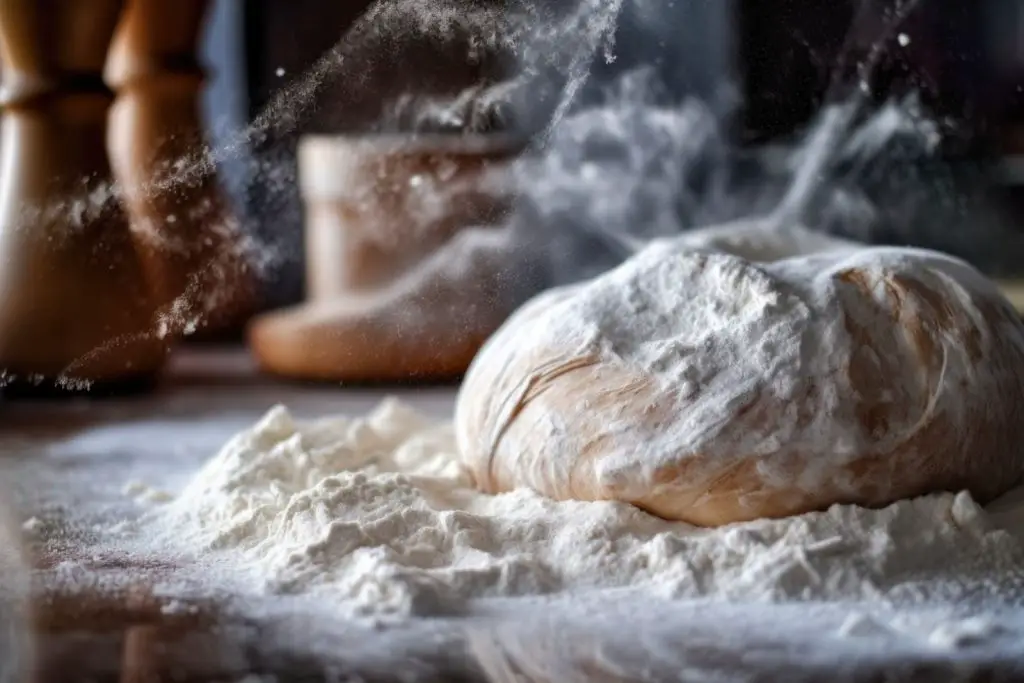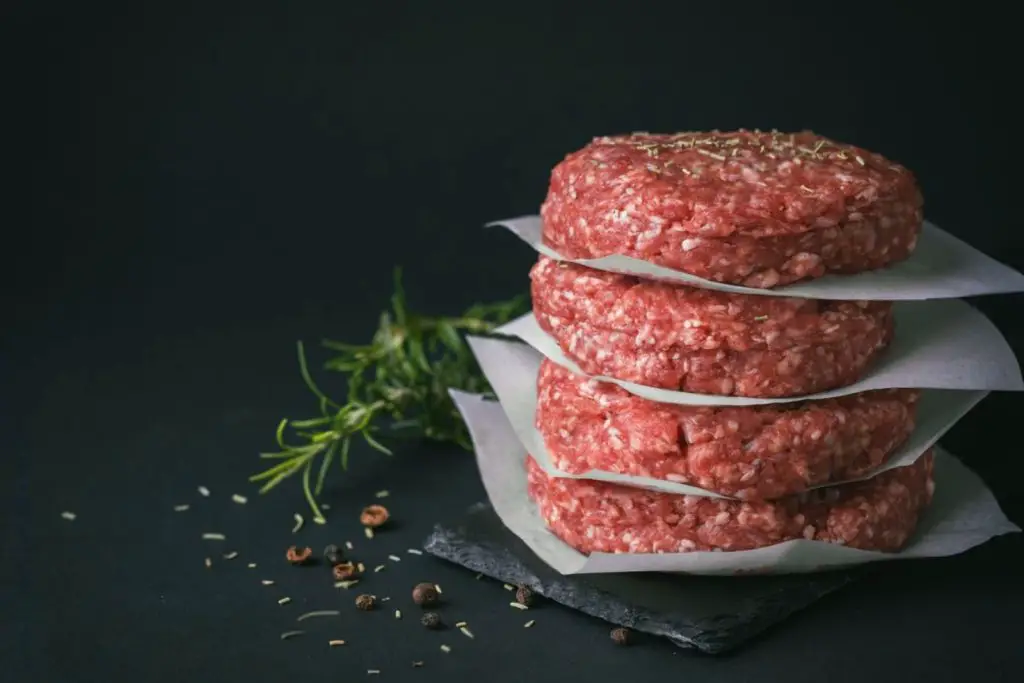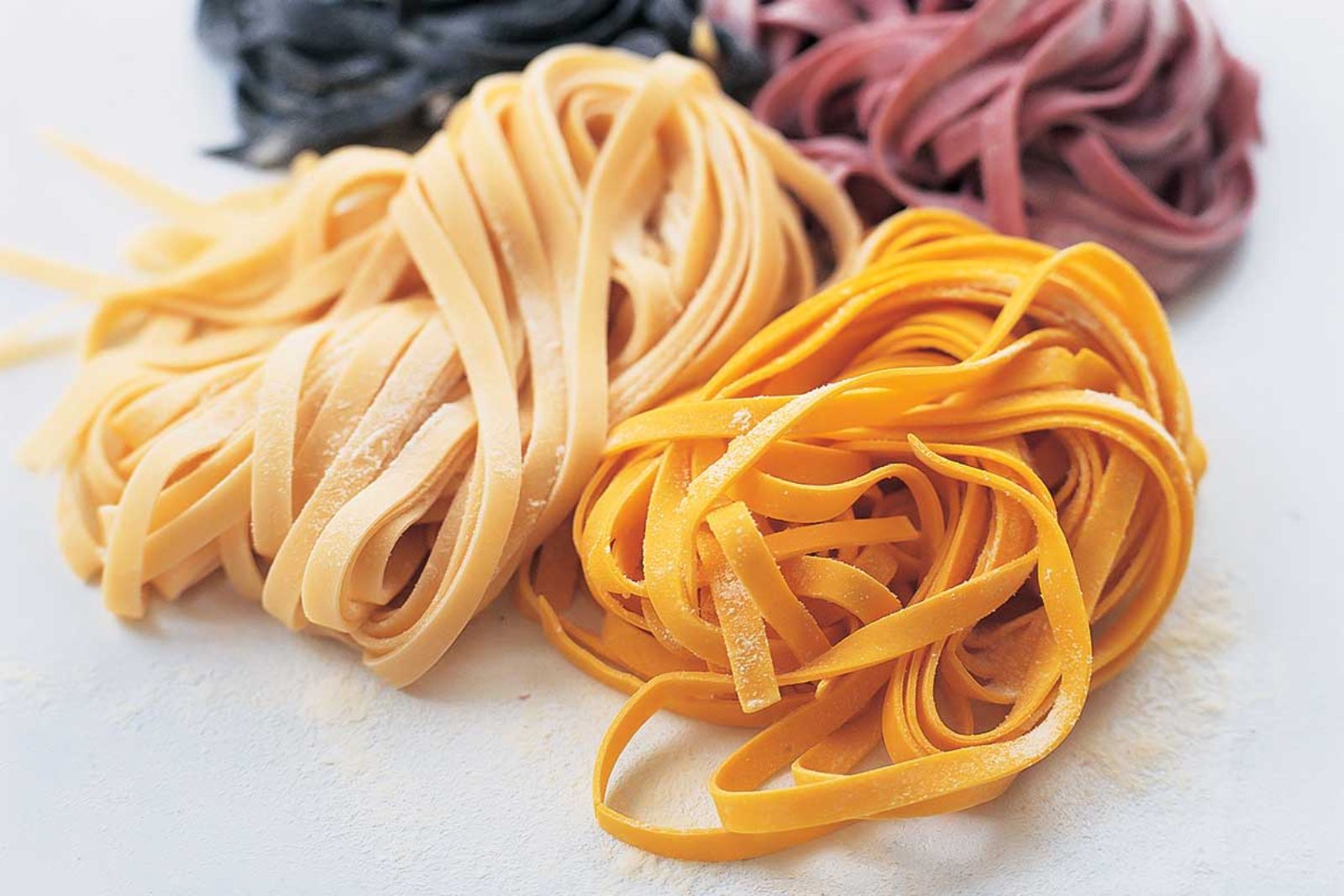
Pasta noodles are a versatile and delicious staple in many cuisines. Whether you’re making spaghetti, fettuccine, or penne, having a batch of frozen pasta noodles on hand can save you time and effort in the kitchen. Freezing pasta noodles is a simple process that can help you preserve their texture and flavor for future use. In this article, we will provide you with a step-by-step guide on how to freeze pasta noodles effectively, ensuring that they maintain their quality and taste when you’re ready to enjoy them.
Here’s a comprehensive guide on freezing pasta noodles:
Step 1: Cook the pasta noodles al dente
Cooking pasta noodles until they are al dente is an essential step before freezing them. Al dente, an Italian term meaning “to the tooth,” refers to pasta that is firm when bitten but not overly soft or mushy. Freezing fully cooked pasta noodles can result in them becoming too soft and losing their desirable texture.
Following the cooking instructions on the package is crucial to achieving the perfect al dente texture. Most packages provide a recommended cooking time, which typically ranges from 8 to 12 minutes, depending on the type and thickness of the noodles. It’s essential to monitor the cooking process and start checking the noodles a minute or two before the suggested cooking time to prevent overcooking.
By cooking the pasta noodles until they are al dente, you ensure that they retain their firmness even after freezing and reheating. This is important because freezing and subsequent reheating can further soften the noodles. The slightly undercooked state of the noodles will compensate for this, resulting in a more enjoyable texture when you use them later.
Remember, overcooking the pasta noodles before freezing them can lead to a mushy and unappetizing texture. So, it’s best to err on the side of caution and cook them just until they are firm but still have a slight bite. This way, you’ll have pasta noodles that hold up well during freezing and maintain their desirable texture when you’re ready to use them in your favorite recipes.
Can I freeze uncooked pasta noodles?
Freezing uncooked pasta noodles is not recommended. Uncooked pasta contains moisture, and freezing can cause the moisture to crystallize, leading to texture changes and potential sogginess upon thawing and cooking. It is best to cook the pasta noodles before freezing them for optimal results and to maintain the desired texture and quality.
Step 2: Drain and cool the noodles
After cooking the pasta noodles to al dente, it is important to drain and cool them properly before freezing. Here’s why:
- Draining the noodles: By transferring the cooked noodles to a colander, you separate them from the cooking water, allowing any excess water to drain away. This helps prevent the noodles from becoming waterlogged or overly moist during the freezing process. Properly drained noodles will freeze more efficiently and maintain their desired texture.
- Rinsing with cold water: Briefly rinsing the pasta noodles with cold water serves multiple purposes. Firstly, it halts the cooking process by rapidly reducing the temperature of the noodles. This is important because even after draining, the residual heat in the noodles can continue to cook them, potentially resulting in overcooked or mushy noodles. The cold water rinse quickly cools them down, preserving their al dente texture.
Secondly, rinsing the noodles with cold water helps remove excess starch that may have been released during the cooking process. Starch can make the noodles stick together when frozen, leading to clumps that are difficult to separate later. Rinsing the noodles removes this surface starch, preventing them from sticking and ensuring they freeze as individual strands.
- Thorough cooling: After rinsing, it is crucial to allow the pasta noodles to cool thoroughly before proceeding. Cooling the noodles at room temperature or in the refrigerator ensures that they reach a safe temperature for storage in the freezer. Placing hot or warm noodles directly into the freezer can raise the overall temperature in the freezer, potentially compromising the quality and safety of other frozen foods.
Step 3: Toss the noodles with oil
Tossing the pasta noodles with oil is an important step in the freezing process to prevent them from sticking together. Here’s why it’s necessary:
- Sticking prevention: When pasta noodles are frozen without any coating or barrier, they have a tendency to clump together. This can make it difficult to separate the noodles when you’re ready to use them, resulting in a less appetizing presentation and potential damage to the individual strands. Tossing the noodles with oil creates a protective coating that acts as a barrier between them, preventing them from sticking together during freezing.
- Choice of oil: Olive oil or vegetable oil are commonly used for tossing pasta noodles before freezing. These oils are neutral in flavor and have a relatively high smoke point, making them suitable for this purpose. They also offer good coverage and ensure that the noodles are evenly coated.
- Protective coating: The thin layer of oil on the surface of the noodles acts as a protective barrier. It helps to keep the noodles separate and prevents them from fusing together when they freeze. The oil creates a slight lubrication that hinders the development of ice crystals between the noodles, maintaining their individual integrity.
Additionally, the oil coating can also help preserve the moisture content of the noodles during freezing. This can be particularly useful if you plan to thaw and reheat the noodles later, as it helps to retain their tenderness and prevents them from drying out.
It’s important to note that only a small amount of oil is needed to coat the noodles lightly. Excessive oil can lead to overly greasy noodles, which may affect the texture and flavor when they are eventually cooked.
Can I freeze pasta noodles without oil?
While tossing the cooked noodles with a small amount of oil helps prevent them from sticking together, it is not mandatory for freezing. If you prefer to freeze the noodles without oil, ensure they are properly portioned and packaged to prevent clumping.
Step 4: Portion the noodles
Portioning the cooked and oiled pasta noodles before freezing is a practical step that offers convenience and flexibility when it comes to using them later. Here’s why it’s beneficial:
- Serving size convenience: Portioning the noodles allows you to freeze them in serving-sized or recipe-sized quantities. By considering the amount of pasta noodles typically used in a single serving or a specific recipe, you can divide them accordingly. This way, when you’re ready to use the frozen noodles, you won’t have to thaw and defrost more than necessary. It streamlines the process and ensures that you have just the right amount of noodles without any waste.
- Flexible usage: Portioning the noodles into family-sized portions or individual servings caters to different needs and preferences. If you typically cook for a family, dividing the noodles into larger portions ensures that you have enough for everyone. On the other hand, if you often cook for yourself or have varying portion requirements, dividing them into individual servings allows for greater flexibility. You can easily take out and thaw the specific amount of noodles you need for a quick and convenient meal.
- Reduced thawing and refreezing: By portioning the noodles, you minimize the need to thaw the entire batch when you only require a portion. Thawing and refreezing pasta noodles multiple times can compromise their texture and quality. With pre-portioned noodles, you can select and thaw only the needed amount, preserving the overall integrity and preventing unnecessary cycles of freezing and thawing.
- Organization and storage: Dividing the noodles into portions also helps with organization and storage in the freezer. You can stack or arrange the portions neatly, making it easier to locate and access the desired quantity when needed. Additionally, portioning ensures that the noodles freeze more quickly and uniformly, maintaining their individual texture and preventing clumping.
Step 5: Package the noodles
Properly packaging the portioned pasta noodles is crucial for maintaining their quality and preventing freezer burn. Here’s why it’s important to use freezer-safe containers or airtight freezer bags and remove as much air as possible:
- Protection from freezer burn: Freezer burn occurs when the surface of frozen food becomes dehydrated due to exposure to air. It can lead to dry, discolored patches on the noodles and negatively impact their texture and flavor. By using freezer-safe containers or airtight freezer bags, you create a barrier that helps protect the noodles from air exposure, reducing the risk of freezer burn.
- Preservation of texture and flavor: Air exposure can cause moisture loss in the pasta noodles, resulting in a dry and less palatable texture. It can also contribute to the absorption of unwanted odors from the freezer, potentially affecting the flavor of the noodles. By using airtight packaging, you help maintain the desired moisture content and protect the noodles’ natural taste and texture.
- Prevention of contamination: Packaging the noodles in freezer-safe containers or bags also helps prevent cross-contamination with other food items in the freezer. It safeguards the noodles from any odors or flavors transferred from other foods and maintains their individual quality.
- Removing air: Removing as much air as possible from the packaging is essential to minimize the risk of freezer burn. Air contains moisture, which can lead to ice crystal formation and deterioration of the noodles. Removing the air creates a tighter seal and reduces the amount of moisture present, ensuring better preservation of the noodles’ quality.
When using freezer bags, the easiest way to remove air is by using the “burping” method. Seal the bag almost completely, leaving a small opening. Then, gently press on the bag to push out the air while allowing the excess air to escape through the opening. Finally, quickly seal the bag completely to maintain the airtight environment.
Step 6: Label and date the packages
Labeling and dating the packages of frozen pasta noodles is a simple yet important step for organization and maintaining freshness. Here’s why it’s necessary:
- Identification of pasta type: Labeling each package with the type of pasta ensures that you can easily identify the noodles you have frozen. This is especially useful if you have multiple types of pasta stored in the freezer. By clearly indicating whether it’s spaghetti, penne, fettuccine, or any other variety, you can quickly locate the specific type of pasta you need for a particular recipe.
- Tracking freezing time: Adding the date of freezing to the label allows you to keep track of how long the noodles have been stored in the freezer. This is essential for maintaining optimal quality and flavor. Over time, frozen foods can develop freezer burn, lose their taste, or suffer from textural changes. By knowing the freezing date, you can ensure that you use the oldest packages first, rotating your stock and minimizing the chances of the noodles deteriorating.
- Preventing waste: Properly labeling the packages of frozen pasta noodles helps prevent waste. When you know the freezing date, you can make informed decisions about which packages to use first. By using the oldest noodles, you avoid potential spoilage or loss of quality due to prolonged freezer storage. This practice promotes a more efficient and mindful use of your frozen pasta supply.
- Easy inventory management: Labeling also facilitates inventory management. You can keep a record or list of the frozen pasta types and dates in a freezer inventory log. This helps you quickly assess the available options and plan your meals accordingly. It prevents unnecessary defrosting or purchasing of additional noodles when you already have suitable options in stock.
Step 7: Freeze the noodles
Freezing the packaged pasta noodles properly is essential for maintaining their quality and preventing undesirable texture changes. Here’s why it’s important to arrange the packages in a single layer and provide adequate space for airflow:
- Quick and even freezing: Placing the pasta noodle packages in a single layer promotes quick and even freezing. When the packages are spread out, the cold air in the freezer can surround them more effectively, allowing them to freeze faster. Rapid freezing helps preserve the integrity of the noodles by minimizing the formation of large ice crystals, which can lead to a mushy texture when thawed.
- Preservation of texture and quality: Even freezing helps maintain the desired texture and quality of the pasta noodles. When the noodles freeze too slowly or unevenly, the ice crystals that form can damage the structure of the noodles, resulting in a softer and less appealing texture upon thawing. By arranging the packages in a single layer, you promote a uniform freezing process, preserving the texture and taste of the noodles.
- Airflow and circulation: Leaving enough space between the packages allows for proper airflow and circulation in the freezer. Adequate airflow helps maintain a consistent temperature and prevents localized freezing, which can lead to freezer burn or uneven freezing. It also aids in preventing moisture accumulation and potential odor transfer between the packages.
- Efficient use of freezer space: Arranging the packages in a single layer and providing space between them maximizes the use of freezer space. It allows you to stack additional items on top of the packages or utilize the available freezer space more efficiently. Proper organization and utilization of freezer space help optimize storage capacity and make it easier to locate and access the frozen pasta noodles when needed.
How long can pasta noodles last in the freezer?
Pasta noodles can last in the freezer for approximately 1 to 2 months without significant quality loss. After this period, they may still be safe to eat but might suffer from freezer burn and texture degradation. Proper packaging, labeling, and storage conditions can help extend their freezer life.
Step 8: Thaw and cook the noodles
Thawing and cooking the frozen pasta noodles properly is crucial to ensure that they are safe to eat and maintain their desired texture. Here’s why it’s important to follow the thawing and cooking process:
- Thawing for safe consumption: Thawing the frozen pasta noodles in the refrigerator is the safest method. By allowing the noodles to thaw in a controlled, cold environment, you minimize the risk of bacterial growth and foodborne illnesses. Thawing at room temperature or using other quick thawing methods can result in uneven thawing and promote bacterial growth, compromising food safety.
- Preservation of texture: Thawing the noodles slowly in the refrigerator helps maintain their desired texture. Gradual thawing prevents the noodles from becoming mushy or losing their firmness. It allows the noodles to regain their natural moisture content and texture, ensuring a pleasant eating experience.
- Overnight or several hours thawing: Thawing frozen pasta noodles in the refrigerator typically takes several hours or overnight, depending on the size of the portion and the thickness of the noodles. This gentle and slow thawing method allows the noodles to defrost evenly and consistently throughout, reducing the risk of any partially frozen or unevenly thawed sections.
- Cooking methods: Once the pasta noodles are fully thawed, you can cook them using your preferred method. Whether it’s boiling, sautéing, baking, or incorporating them into a dish, the thawed noodles can be prepared just like fresh pasta. Follow your favorite recipes or cooking instructions, adjusting the cooking time as needed.
It’s important to note that thawed pasta noodles should be cooked promptly. Avoid leaving them at room temperature for an extended period, as this can promote bacterial growth and compromise food safety.
Other related questions
Can I refreeze pasta noodles?
It is generally not recommended to refreeze pasta noodles once they have been thawed. Refreezing can negatively impact the texture, quality, and safety of the noodles. Thawed noodles should be consumed promptly or cooked before being frozen again to ensure food safety and optimal taste.
How do I know if the pasta noodles have gone bad after being frozen?
To determine if frozen pasta noodles have gone bad, check for signs of spoilage such as an off or foul odor, unusual discoloration, or texture changes like mushiness or excessive dryness. If the noodles exhibit any of these characteristics, it is best to discard them to avoid the risk of foodborne illness. Trust your senses and prioritize food safety when assessing the quality of frozen pasta noodles.
Can I freeze pasta noodles with sauce?
Yes, you can freeze pasta noodles with sauce. However, it’s generally better to freeze them separately for best results. Freezing pasta with sauce can result in texture changes and affect the overall quality. It’s recommended to freeze the noodles and sauce separately, then combine them when reheating.

